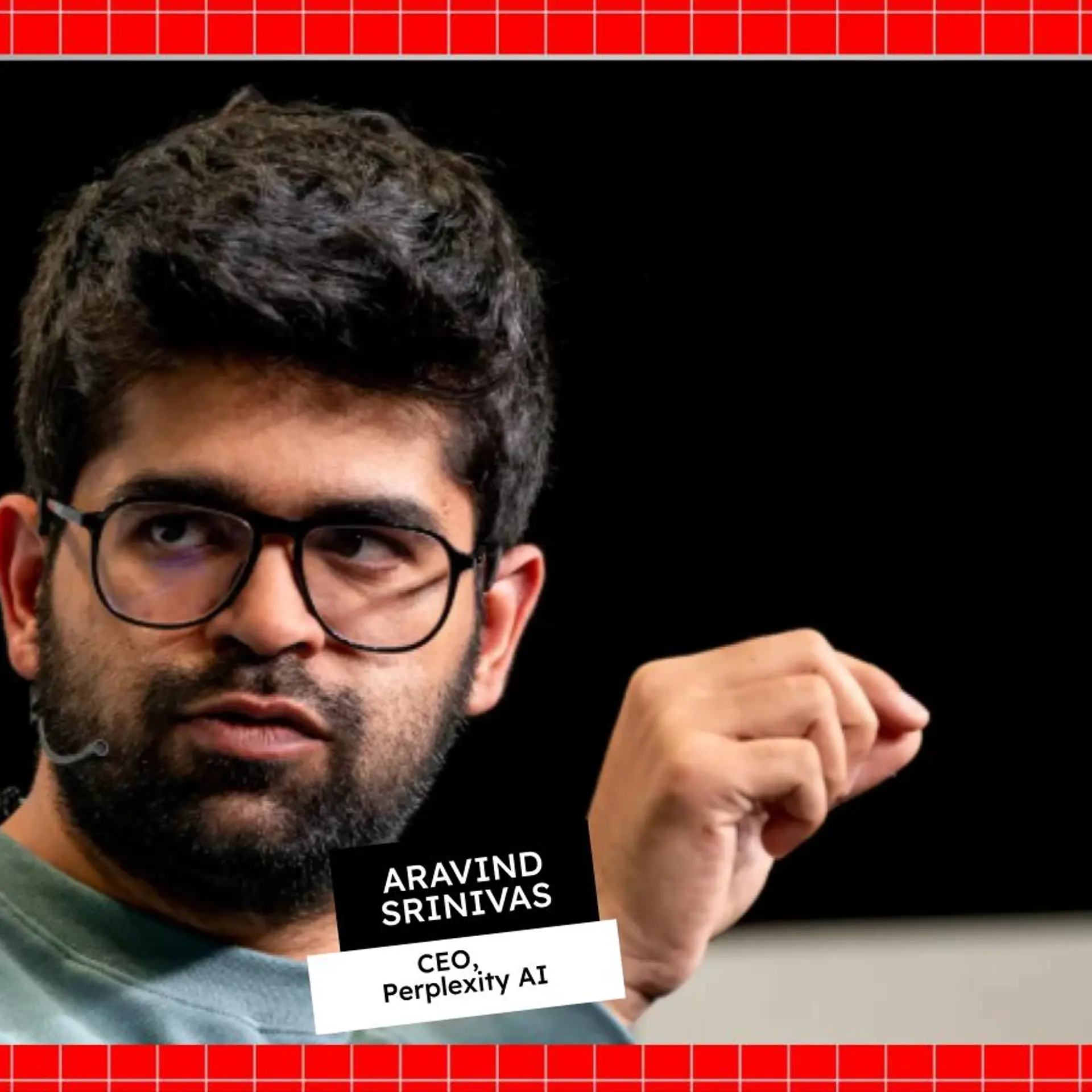What is really there at the BoP for Entrepreneurs?

By Jacob Chandy VargheseI attended a conference on technology and society recently, and was witness to a debate I have heard earlier, about whether there can be a successful business model in the Bottom of the Pyramid markets.
The first group believes in the success of social ventures and have various examples of how there is success and even Fortune at the Bottom of the Pyramid (FBOP), as C. K. Prahlad very strongly asserted. They typically quote from C.K’s book as well as from their own personal experiences. Let’s call them the Fortuners.
The second group however argues that Bottom of the Pyramid stinks with dead stuff when you check out there – there is no profits, no repeatable models. They say that if it was indeed a roaring success, which investor would not go there and make money! Let’s call them the LAMAs (Leave All Mummies Alone), since they pretty much believe that there are only Egyptian Mummies at the bottom of the pyramid.
What I write below is a typical debate that happens between the two sides, which is indeed a very healthy debate. What usually happens at the end of these debates is that these two groups go separate ways. I hope the debate below triggers thoughts and examples of workable, or already working, hybrid models, where the best of both worlds can overlap.
Fortuners: Fortune at the Bottom of the Pyramid is obvious. It is a matter of volumes. The markets are large, and even with the minimal profit margin per unit, the profits are huge. Take the case of the 2-rupee shampoo sachets. Without the 2-rupee sachets, you could never have captured this market, since for any higher amount, people will have to think twice before buying the stuff, and then they will not buy. However, with 2-rupee sachets they end up buying, and the company makes money because of the large markets which are now opened up to them. So what you are doing when you come to the BOP sector is that you are creating new markets.
LAMAs: Come on, give me something new. In how many examples can we predictably repeat this success? Are you saying that there are endless items on which the poor will ‘thoughtlessly’ buy, and so everyone can make money? Of course not. The items are only a handful and soon you will run out of ideas. So the new market is valid only for couple of FMCG items, which has already been capitalized.
Fortuners: The above idea of miniaturization is just one among the many ideas of FBOP. You can apply similar concepts to rural electrification using solar power, rural BPOs, rural software development centers. There are classic examples like the Barefoot college at Tilonia, where everything is indigenous, and they make enough and more money for the village.
LAMAs: Dear Fortuners, our problem is that these are standalone examples. In fact, while we laud the enterprising nature of the Tilonians and their likes, the concept of not using professionally trained people for works is nothing but re-inventing the wheel. It is a nice standalone idea, good for an international news report. However, success should really be built as a continuous improvement and adaptation of already successful ideas.
Fortuners: Listen LAMAs, you folks are scared of investing in new opportunities like this. You follow the typical trodden path of success, where you keep investing and reinvesting on the same concepts. Ecosystems like the rural market need conceptual innovation and investment for new concepts. If you had the slightest risk taking mindset, these regions would have benefited from your investment and experience. However your behavior is similar to what is happening in even the urban markets of China, India and many other developing nations, where investors who come either from the West, or with money created from experience in the Western economy, invest only in the beaten path. Of course, come to think of it, even there you have many failures, you are naturally afraid to trod the road less travelled.
LAMAs: All this rhetoric about the road less travelled does not help. We are believers of sustainable models and profits. If there are profits, we invest. We are not here to do charity. How many of your models have better Return on Investment than what we advocate? If so, why would we shy away from replicating the model? We are willing to take higher risks where there are higher returns. Otherwise, what’s the point of taking these risks?
The debate goes on, conference after conference, lunch table after lunch table. However I do not see repeatable models emerging. Many people cite Muhammed Yunus’s model as a good example to follow. Yunus has implemented this in a pure social entrepreneurship model, where the entire profits are reinvested into the business. However, the limitation of that is that many smart investors shy away, since they are driven by profits and rightfully so.
When it comes to hope, I am on the Fortuners’ side. However, I would love to see more repeatable examples coming from practicing Fortuners, which can then be tweaked by the experts on the LAMAs’ side. We may also need experimentation of new hybrid models which satisfies the profit motivations of the investor as well as the social motivations of the community and the social workers around them. Any good examples of success should be made into patterns which can be reused in concepts, while the reuse implementations may be different. This hybrid model should ideally completely avoid philanthropic funds, and look clearly at profits and see how the profits can sustain the business and reinvestment into various sectors.
I hope this post generates some discussions and insights from practitioners.






